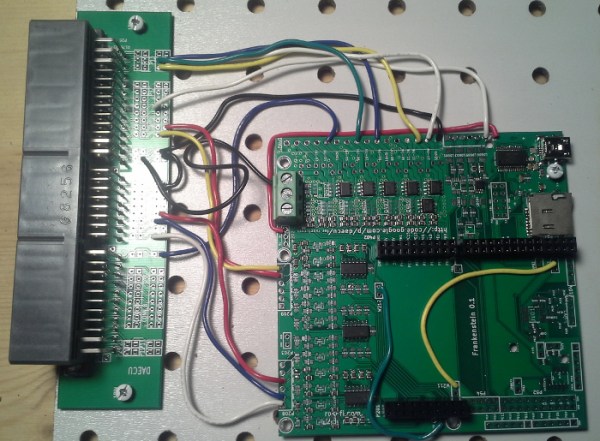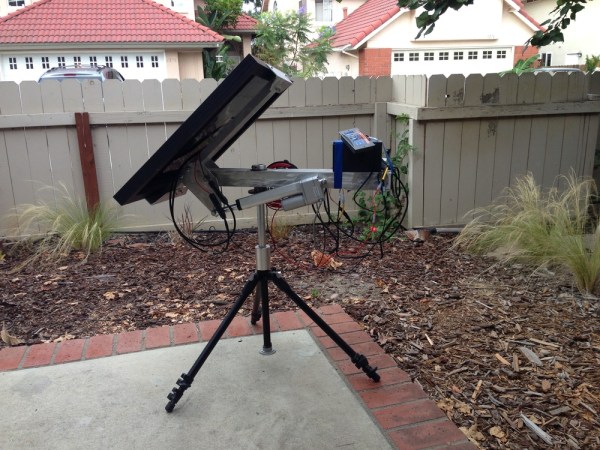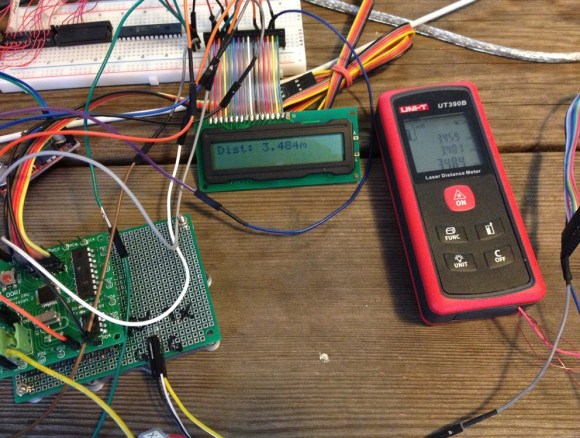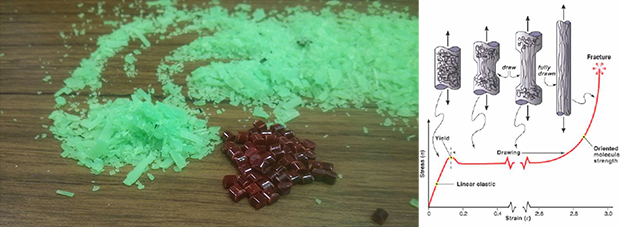
We just stumbled upon a great repository of all musical things that are 3D printed. It’s a wiki dedicated to sharing and recording these 3D printed instruments to help encourage further ideas and projects.
The people maintaining the site find different projects and share them, adding descriptions which would go great into a database search. They explain the type of instrument, it’s history, a picture or video of it and the method of manufacture used to create, whether it be traditional 3D printing, laser cutting, or another process.
Some of our favorites include the 3D printed guitar bodies, the strange looking multi-horn trumpet (that’s the weird one, bottom right) by the MIT Media Lab, and of course the humongous bass recorder (top right).
Stick around after the break for a few videos of these different unconventional, unorthodox instruments!

















